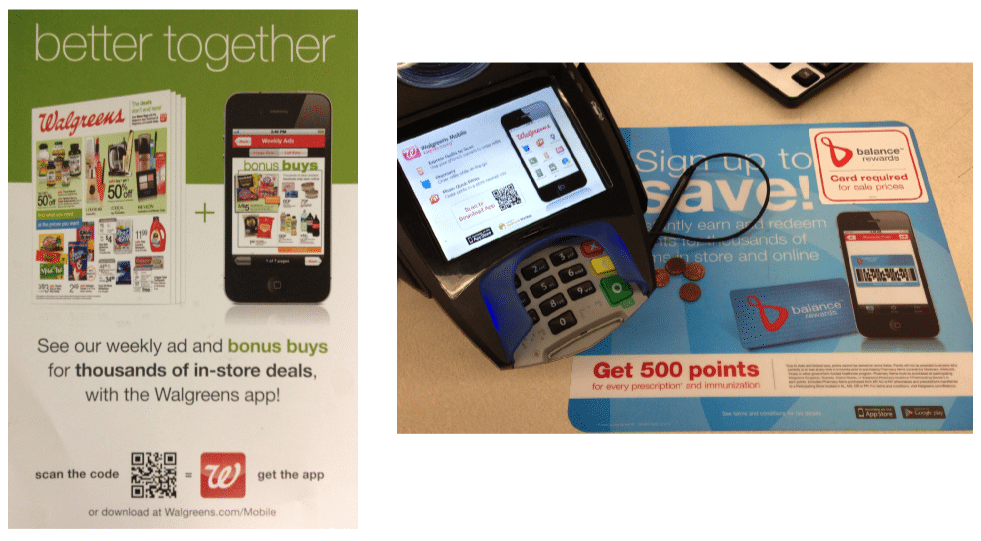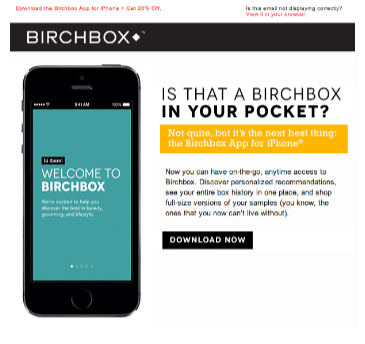Our first Mobile Benchmarks report on push notification opt-in rates spanned a data set of nearly 3,000 apps and 100 billion messages sent to more than 500 million users through all of 2014. With high, medium and low opt-in rates for 15 industries, the findings have significant implications for marketers and brands striving to connect with mobile consumers.
The core findings:
- Average notification opt-in rates declined slightly year-over-year from 45% to 43%.
- In all 15 industries, high-performing apps have opt-in rates above 50% with a few above 70%.
- Within verticals, opt-in rates for high-performing apps are 45% greater than what medium-performers see.
The difference between good and great notification opt-in rates is massive, and it’s one that really matters—opted-in users are four times more engaged and two times more retained than users who don’t receive them. While there’s no other business-to-consumer communications channel that sees such high opt-in rates, consumers will become more selective as every app adopts notifications. In addition, as notifications extend brand experiences across wearables like Apple Watch and the Internet of Things, maximizing opt-in rates will only become more important.
Among Industries, Retail Sees Biggest Average Decline
Of the six industries previously examined in 2013, retail saw the steepest year-over-year decline with average opt-in rates going from 46% to 37%. The highest performing retail apps (the 90th percentile) have opt-in rates that are 55% higher than the average (the 50th percentile).
A closer look at holiday shopping season data, using the same 150 retail apps in 2013 and 2014, offers compelling perspectives and context for all industries. In 2014, retail apps doubled their notification send volume on key shopping days—Thanksgiving, Black Friday and Cyber Monday—and consumer response rates also doubled, despite the majority of those notifications being general sales promotions sent to all users.
Had retail apps focused more messaging on pre-shopping activities where consumer engagement rates were higher, they could have determined shoppers’ interests to tailor subsequent notifications and achieve four to seven times greater response that highly targeted notifications receive over messages broadcast to everyone (Good Push Index: Targeting, May 2014).
 Check out the full report to see where your app lands on the continuum of high and low-performers by industry, and then use these top 8 tips to maximize your opt-in rate.
Check out the full report to see where your app lands on the continuum of high and low-performers by industry, and then use these top 8 tips to maximize your opt-in rate.
Make sure your app’s value is clear and encourage opt-in within your app store description
It’s never too early to convey your app’s unique value proposition and why users should not only get it but opt in to push notifications as well. Your app store listing needs to be clear, concise and convincing.
Manage expectations: let them know how you’ll use alerts
iOS requires apps serve up a default dialogue box to request permission to send push notifications. It has become common practice for this rather generic message to be the first thing a users sees the very first time they open the app. A better approach is to guide the user through key app functionality and explain why users should consider opting in, before you make the ask.
The Clymb’s excellent interactive walkthrough, shown on first open, adds customized screens before the iOS default language followed by an incentive to start shopping immediately. Some brands have improved opt-in rates nearly 10% just by adding a customized explanation screen.
 Prioritize preference: let users know how they can set preferences as part of your welcome series
Prioritize preference: let users know how they can set preferences as part of your welcome series
Helping users understand upfront that they can customize their notification settings to receive only what they want and not what they don’t, can be a critical nuance to securing the opt-in. Check out ModCloth’s extensive preference center.
Market your app in offline settings to increase your possible opted-in user base
Businesses with physical presences should promote their apps’ unique value proposition with in-store signage and at the point of sale. Help people understand how it will enrich their experiences, as well as any exclusive offers that will be unlocked by getting the app.
Use email to persuade users to download, install and launch your app, and why they should opt in to push
Already have customer emails? Use them to drive customers to engage with your brand on mobile, and usher in new levels of immediacy and contextual understanding.
Prompt mobile web users to download your app
Every digital property you have should support your app recruitment effort. It can be the difference between being where consumers can find you (the mobile web), to being able to effortlessly reach out and engage them (mobile apps).
Leading up to 2014 election day, ABC News replicated app preference buttons displayed on election-related stories to also appear on ABCNEWS.com. When people find a link to ABCNEWS.com in their Facebook feed, or on Google, Yahoo or Drudge, they are taken to its mobile web site. With this new technology, ABC News was able to offer all of these users an onramp to get the ABC News app and sign up for election alerts.
“For us, it was a really unique use case and opened a new way to gain and engage users. It helped draw in and convert new users who may not have downloaded the app previously,” said Peter Roybal, Head of Mobile at ABC News. “New app downloads were triple the volume we normally see.”
Track users that opt out to re-solicit with highly contextual in-app messaging
If opted-out users view specific products, visit the “Deals” page, or perform some other in-app activity that signals strong intent, use the insight to tailor in-app messages offering single tap sign-up to related notifications.
Stephanie Capretto is a strategic consultant at Urban Airship.






